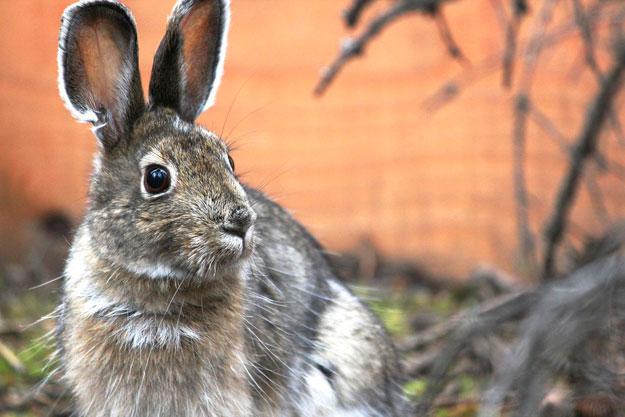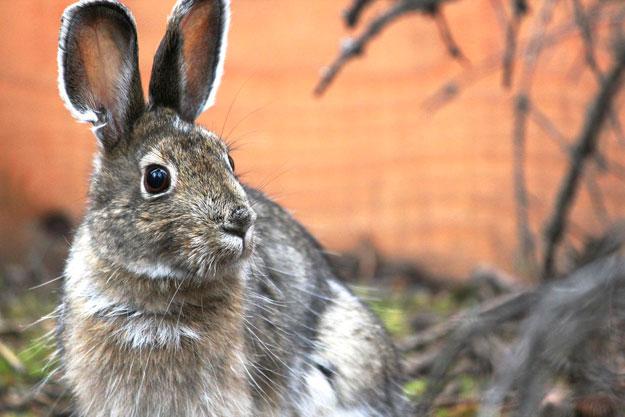
Credit: University of Toronto Scarborough
Rudy Boonstra has been doing field research in Canada's north for more than 40 years.
Working mostly out of the Arctic Institute's Kluane Lake Research Station in Yukon, the U of T Scarborough Biology Professor has become intimately familiar with Canada's vast and unique boreal forest ecosystem.
But it was during a trip to Finland in the mid-1990s to help a colleague with field research that he began to think long and hard about why the boreal forest there differed so dramatically from its Canadian cousin. This difference was crystallized by follow-up trips to Norway.
"Superficially they look the same. Both are dominated by coniferous trees with similar low density deciduous trees like aspen. But that's where the similarities end," he says.
The real differences are most obvious on the ground, notes Boonstra. In Canada, the ground is dominated by tall shrubs like willow and birch but in the Northwestern European forests found in Norway, Finland and Sweden the ground is dominated by dwarf shrubs like bilberry.
"The reason for the difference comes down to different climates," he says.
It also goes without saying that global warming will have an effect on vegetation and the species that rely on the boreal forest, adds Boonstra.
"The data is still coming in but there are indications that this ecosystem is shifting and it could potentially be a massive shift," he says, pointing to changes in the global carbon cycle and the predator/prey dynamics.
Boreal forest covers an incredible 50 per cent of Canada's land mass and has evolved quite differently from the boreal forests of Northwestern Europe say Boonstra, who co-authored a book on Canada's boreal forest ecosystem.
The winters in the Canadian boreal forest are drier and 15 to 20C colder, with snow that is soft and shallow. In Northwestern Europe the winter is more mild and wet by comparison with deep snow that packs harder. The milder European winters are driven mainly by westerly winds from North America that dip into the Caribbean and carry warm air across the Atlantic.
The difference in climate means the plant and animal species in both forests have evolved along two very different paths. The Canadian system is dominated by the extreme cold tolerant tall shrubs and the 10-year snowshoe hare and Canadian lynx cycle
On the other hand, the forests in Northwestern Europe are dominated by cold intolerant dwarf shrubs and a three to four-year cycle of small rodent and weasels that live below the snow. It also has a higher density of larger animals like Moose.
"Predators have evolved to the prey, and the prey have evolved to the vegetation in both places," adds Boonstra.
Boonstra and his colleagues looked at a host of other potential factors to explain the differences between these forests including human activity, density of large mammals and other predators, but the deciding factor came down to climate.
The research, which included collaboration from researchers across Canada and Norway, was published in the journal BioScience and received funding from the Natural Sciences and Engineering Research Council of Canada (NSERC) and the Norwegian Science Council.
Boreal forests are important ecological zones because they cover 11 per cent of the Earth's total land surface and make up 25 per cent of the Earth's closed canopy forests, which are continuous, uninterrupted forest systems. These forests play a key role in the global carbon cycle that allows the Earth to be capable of sustaining life.
"There's no question that a shift in snow consistency and temperature will impact this immense ecosystem," adds Boonstra.
###
Media Contact
Don Campbell
[email protected]
416-208-2938
@UofTNews
http://www.utoronto.ca
############
Story Source: Materials provided by Scienmag





